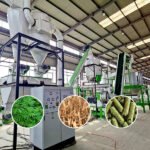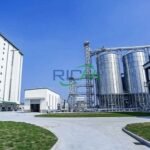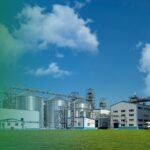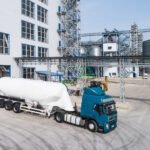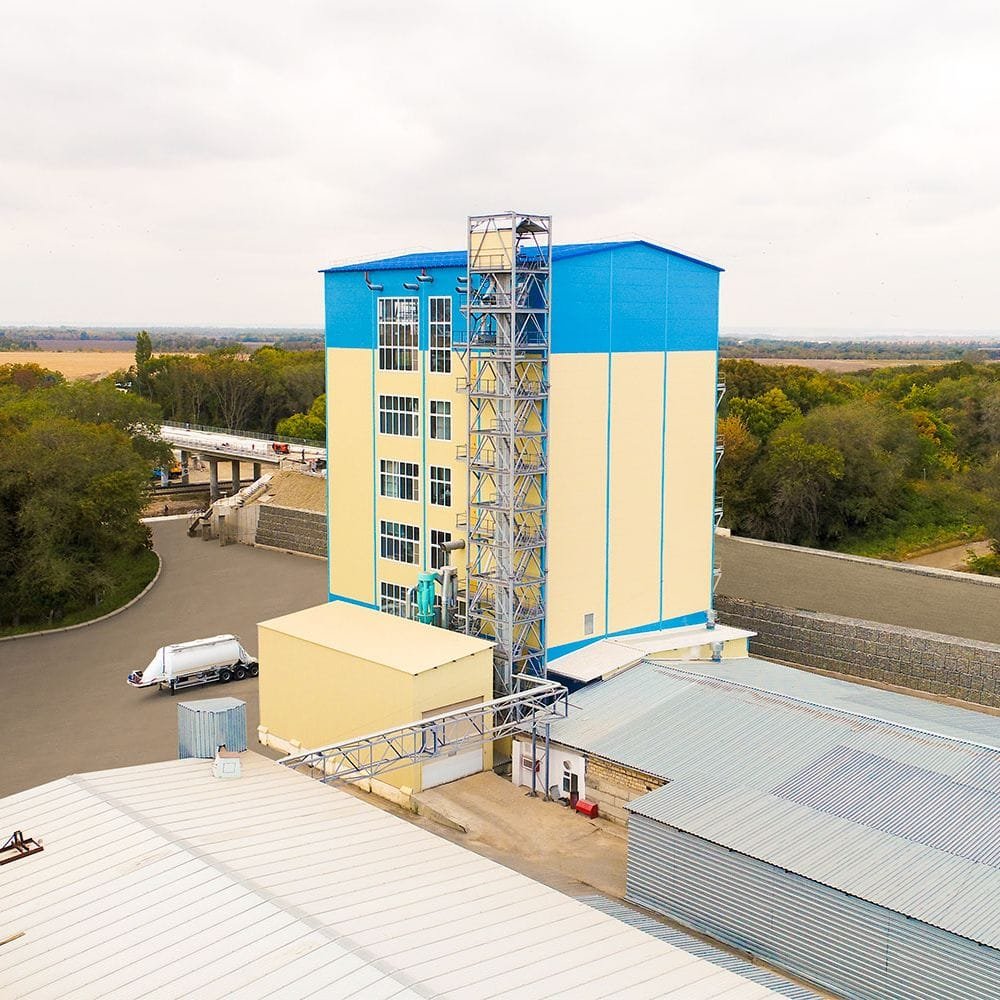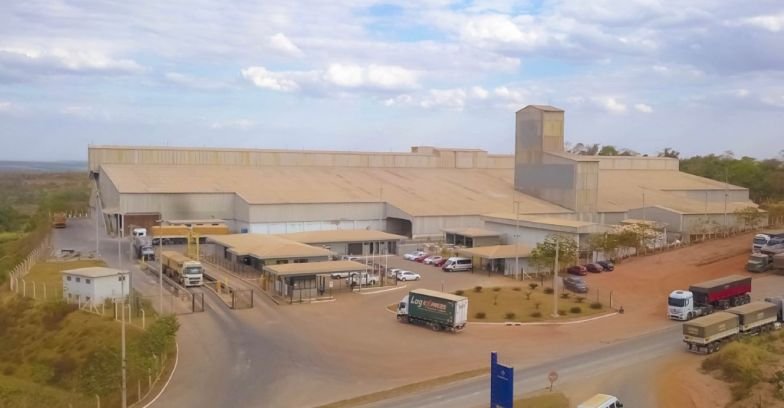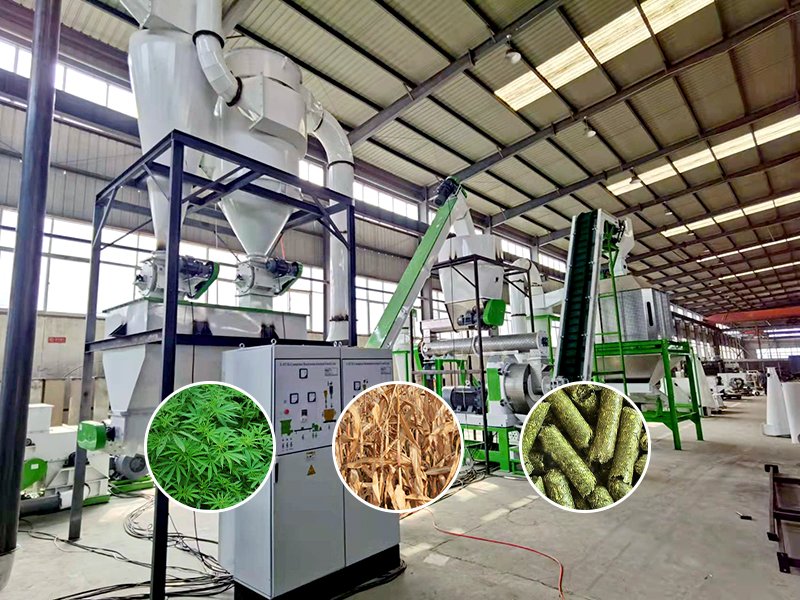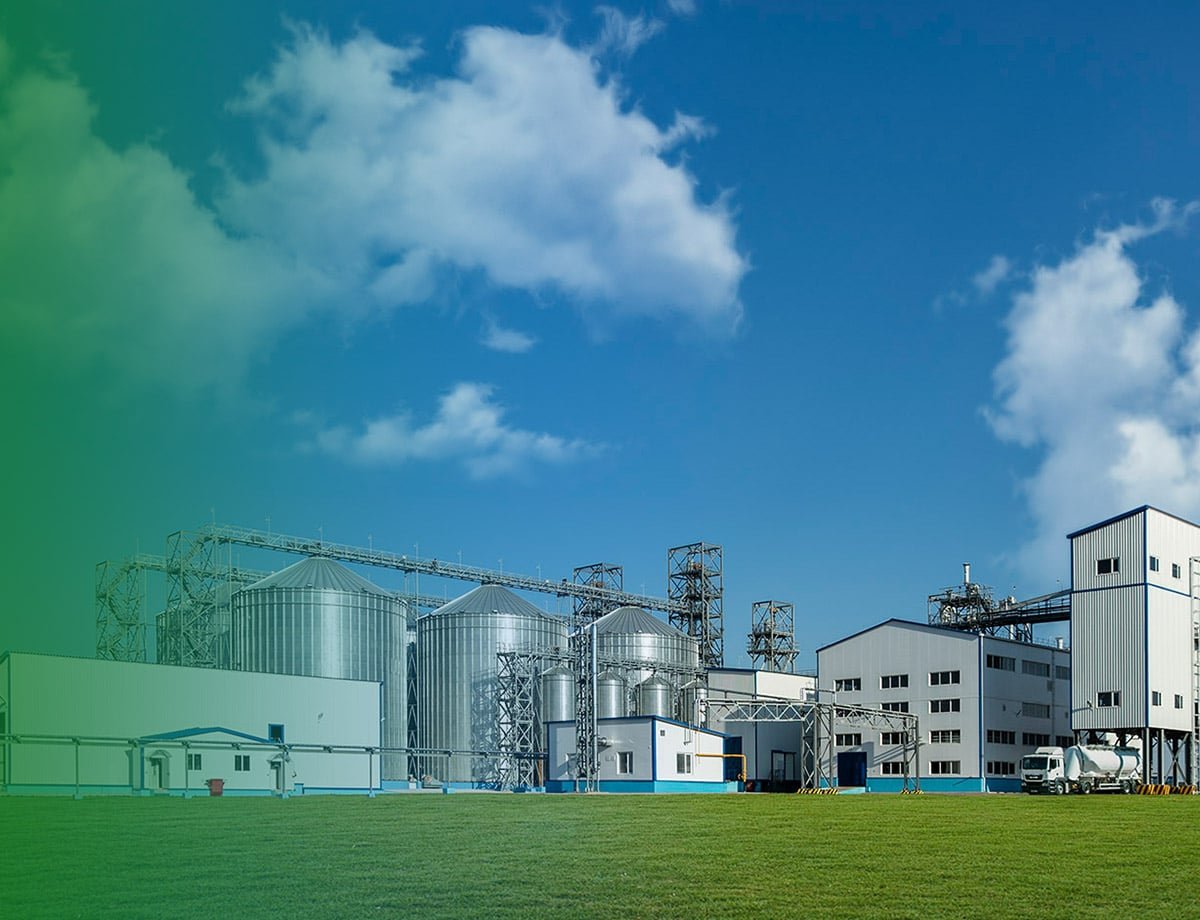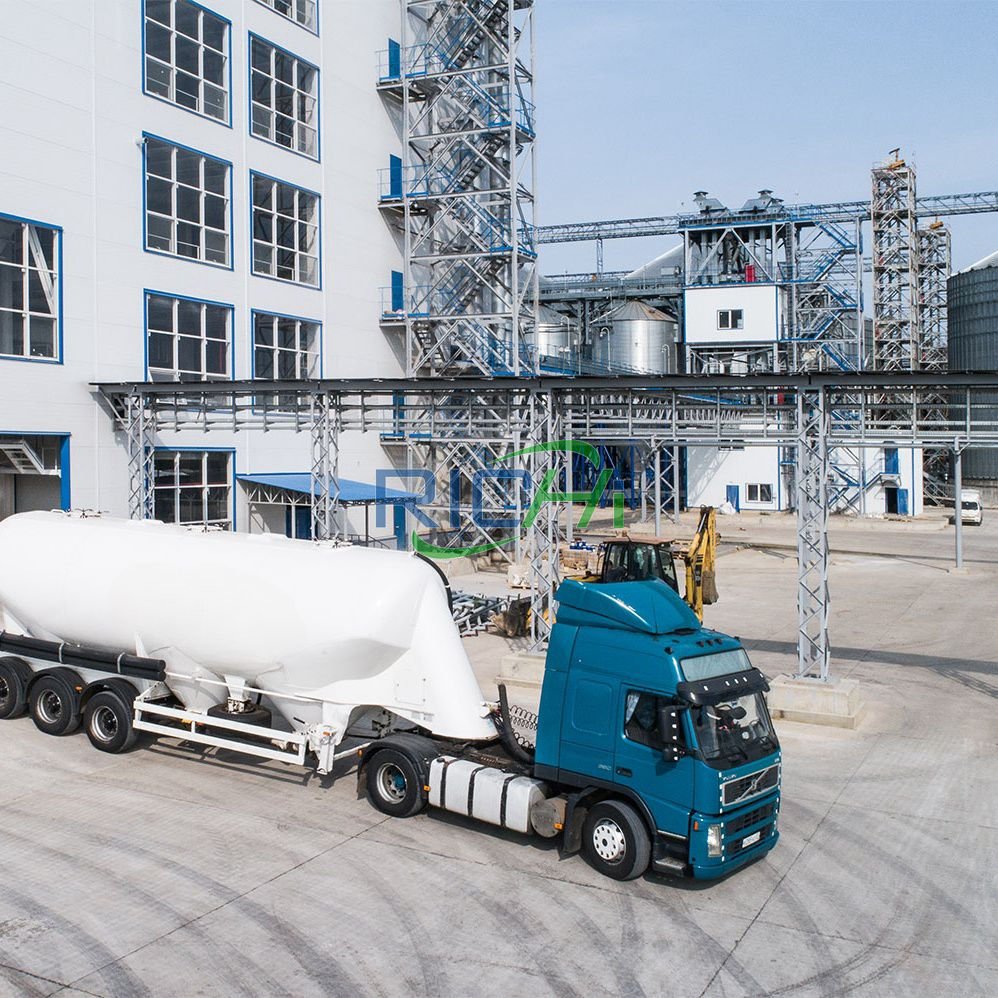A 15 tons per hour (t/h) feed mill factory represents a significant investment in the animal feed production industry. The equipment costs form a substantial part of the overall investment. This article provides a detailed breakdown of the main equipment costs for a 15t/h feed mill factory, based on industry standards and current market prices.
Key Equipment Components
A typical 15t/h feed mill factory requires several main equipment components:
- Raw Material Handling System
- Grinding Equipment
- Mixing Equipment
- Pelleting System
- Cooling and Drying Equipment
- Packaging System
- Control and Automation System
Let’s explore each of these components and their associated costs:
- Raw Material Handling System
- Estimated Cost: $200,000 – $300,000
This system includes equipment for receiving, storing, and conveying raw materials. It typically consists of:
- Receiving hoppers
- Storage silos
- Bucket elevators
- Screw conveyors
- Weighing systems
The cost can vary depending on the number and size of silos, the complexity of the conveying system, and the level of automation in material handling.
- Grinding Equipment
- Estimated Cost: $100,000 – $150,000
The grinding system is crucial for reducing the particle size of raw materials. It typically includes:
- Hammer mills
- Roller mills
- Screens and magnets
The cost depends on the type and capacity of the mills, as well as the inclusion of additional features like automatic screen changers or multiple grinding stages.
- Mixing Equipment
- Estimated Cost: $80,000 – $120,000
Mixing equipment ensures uniform blending of different feed ingredients. This usually includes:
- Batch mixers or continuous mixers
- Liquid addition systems
- Micro-ingredient dosing systems
The cost varies based on the mixer type, capacity, and the sophistication of the ingredient addition systems.
- Pelleting System
- Estimated Cost: $400,000 – $600,000
The pelleting system is often the most expensive single component in a feed mill. It includes:
- Conditioner
- Pellet mill
- Die and roller assembly
- Pellet crumbler (if required)
The cost can vary significantly based on the pellet mill‘s capacity, the number of dies and rollers, and the inclusion of features like automatic die changers or variable frequency drives.
- Cooling and Drying Equipment
- Estimated Cost: $150,000 – $250,000
After pelleting, the feed needs to be cooled and dried. This system typically includes:
- Counterflow cooler
- Fluid bed cooler (for certain feed types)
- Fans and air filtration systems
The cost depends on the cooler type, capacity, and the inclusion of additional features like moisture control systems.
- Packaging System
- Estimated Cost: $100,000 – $200,000
The packaging system is essential for preparing the final product for distribution. It usually includes:
- Weighing scales
- Bagging machines
- Sewing or sealing equipment
- Palletizers (for larger operations)
The cost varies based on the level of automation, the types of packaging offered (e.g., bags, bulk), and the inclusion of features like automatic bag placement or robotic palletizing.
- Control and Automation System
- Estimated Cost: $200,000 – $400,000
A modern feed mill relies heavily on advanced control and automation systems. This includes:
- Programmable Logic Controllers (PLCs)
- Supervisory Control and Data Acquisition (SCADA) systems
- Human-Machine Interface (HMI) panels
- Process control software
The cost can vary significantly based on the level of automation, the complexity of the control system, and the inclusion of features like remote monitoring or integration with enterprise resource planning (ERP) systems.Total Estimated Equipment CostBased on these estimates, the total main equipment cost for a 15t/h feed mill factory ranges from $1,230,000 to $2,020,000. This range accounts for variations in equipment quality, features, and specific factory requirements.
Factors Influencing Equipment Costs
Several factors can influence the final equipment costs:
- Brand and Quality: Well-known brands with proven reliability often command higher prices.
- Customization: Tailoring equipment to specific needs or integrating proprietary technologies can increase costs.
- Automation Level: Higher levels of automation generally increase upfront costs but can lead to long-term savings in labor and improved efficiency.
- Energy Efficiency: More energy-efficient equipment may have higher initial costs but can result in significant operational savings.
- Capacity Flexibility: Equipment that allows for easy capacity upgrades may be more expensive initially but can provide long-term benefits.
- Geographic Location: Equipment costs can vary based on the manufacturing location and shipping distances.
- Market Conditions: Global economic factors and raw material prices can influence equipment costs.
Additional Considerations
While equipment costs are a significant part of setting up a feed mill, there are other important considerations:
- Installation Costs: Professional installation of equipment can add 15-25% to the equipment costs.
- Building and Infrastructure: The cost of constructing or modifying a building to house the equipment is not included in these estimates.
- Spare Parts: It’s advisable to budget for an initial stock of spare parts, typically 3-5% of the equipment cost.
- Training: Staff training on new equipment operation and maintenance should be factored into the overall budget.
- Maintenance Contracts: Some equipment manufacturers offer maintenance contracts, which can be a worthwhile long-term investment.
Optimizing Equipment Investment
To optimize the equipment investment for a 15t/h feed mill factory, consider the following strategies:
- Future-Proofing: Invest in equipment that allows for future capacity increases or product diversification.
- Energy Efficiency: Prioritize energy-efficient equipment to reduce long-term operational costs.
- Automation Balance: Find the right balance of automation to improve efficiency without over-investing in unnecessary features.
- Vendor Relationships: Develop strong relationships with equipment vendors to negotiate better prices and ensure good after-sales support.
- Phased Implementation: Consider a phased approach to equipment acquisition if budget constraints exist, focusing on core equipment first.
Conclusion
The main equipment costs for a 15t/h feed mill factory typically range from $1.23 million to $2.02 million. This significant investment underscores the importance of careful planning and consideration in equipment selection. While cost is a crucial factor, it’s equally important to consider equipment quality, efficiency, and long-term operational costs.
Prospective feed mill operators should conduct thorough research, consult with industry experts, and possibly visit existing operations to gain insights into equipment performance and reliability. By making informed decisions on equipment investment, feed mill operators can establish a solid foundation for a successful and efficient operation that meets current needs and allows for future growth and adaptation to market changes.
Related post: https://www.richipelletmachine.com/animal-feed-production-plant/


